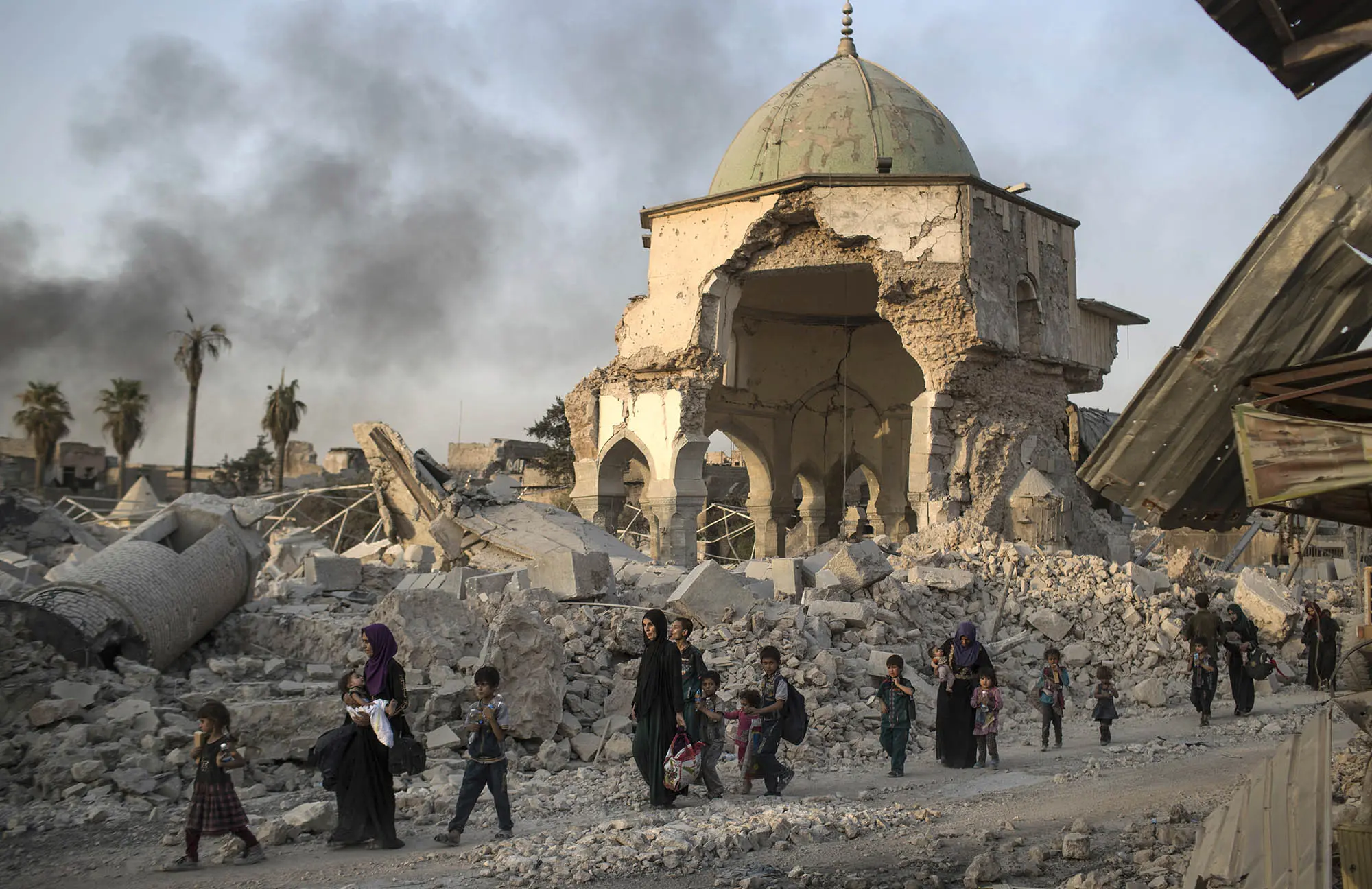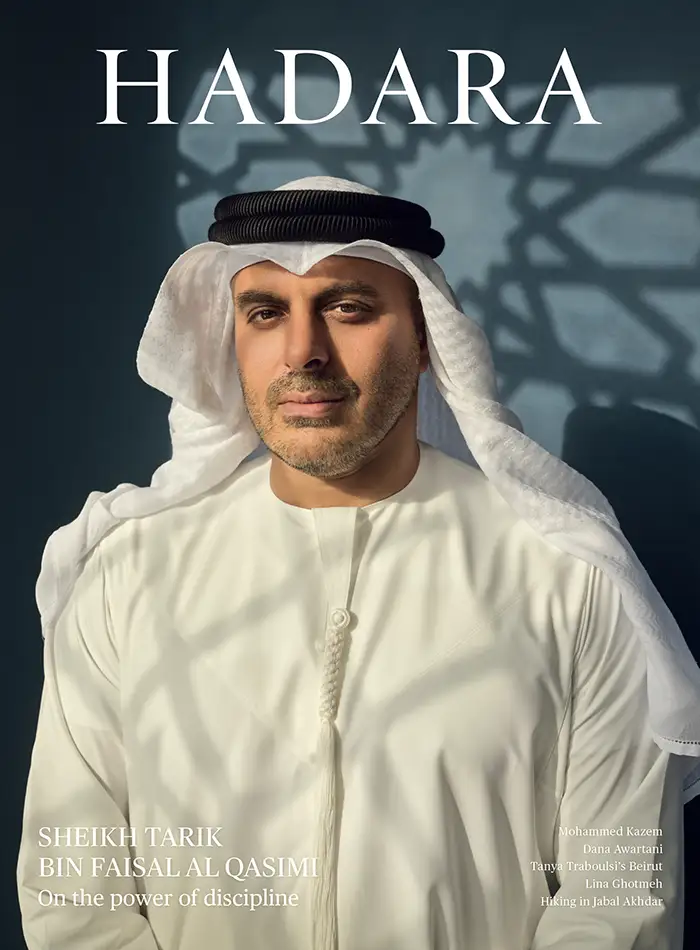New life for a grand mosque
UNESCO works to rehabilitate a lost landmark and a shattered city.
By Rebecca Anne Proctor
In the ancient city of Mosul, a cultural crossroads that straddles the Tigris River in the north of Iraq, Al-Nouri Mosque is rising from the rubble. In June 2017, as pro-government forces advanced on the city, retreating Islamic State fighters demolished the mosque and its leaning Al-Hadba minaret—“Al-Hadba” means “the hunchback” in Arabic—that had towered over Mosul for 845 years. Iraq’s then-prime minister, Haider Al-Abadi, said the act marked IS’s final defeat in the city. The destruction was symbolic—it was from the pulpit of the mosque that IS had declared a caliphate some three years earlier. When Al-Abadi declared victory over IS the following month, the old city and many of its monuments lay in ruins.
Less than a year after the city’s liberation, UNESCO unveiled a major reconstruction project. “Revive the Spirit of Mosul” sought to breathe new life into one of the world’s oldest cities, not only through the reconstruction of its architectural symbols, but by empowering local people, giving them better access to culture, heritage, education, and employment. The UAE government contributed $50.4m to the programme. UNESCO Director-General Audrey Azoulay lauded the “unprecedented cooperation to rebuild cultural heritage in Iraq.”
Restoration of Al-Nouri Mosque, Al-Saa’a Church and 800-year-old Al Tahera Church—symbols of Mosul’s diversity—is due to be complete by the end of this year. Three new bells, cast in Normandy, France, will begin their journey to Mosul, and Al-Saa’a Church clock tower, in March. Maria Rita Ace-toso, senior project manager at UNESCO’s Office for Iraq, says she is confident the prayer hall and the two churches will be complete by then. However, the minaret, which is being restored to look exactly as it did—including its famous lean, a request of the local community—may take longer.
“It is the most complicated of all the structures,” she says. “Not only because it is the most important, but it was very damaged.” UNESCO consulted with partners, including Iraq’s Ministry of Culture and local experts, and opted to use traditional techniques for the minaret’s reconstruction, to ensure that both its lean and its status as one of the Arab world’s most important landmarks were reinstated. Building a leaning minaret with an internal steel structure would already have been challenging, but Al-Hadba will be rebuilt entirely with bricks. Acetoso hopes it will be complete in April 2024.
Reconstruction of the monuments, Acetoso says, “contributes to healing the people psychologically.” It has also brought some fascinating discoveries. In January 2022, archaeologists excavating the prayer hall of Al-Nouri Mosque found four rooms that dated to the 12th century mosque, buried and not mentioned in historical records. Twenty explosive devices also had to be removed, including an unexploded bomb beneath the dome of the mosque.
Reconstruction has created over 2,000 jobs for city residents, Acetoso says, providing training in skilled crafts like carpentry and traditional building techniques. Some 30% of the engineers employed by UNESCO are women. “For the mosque, we worked with local contractors and carpenters,” she says. “They had never executed such complicated structures before.” The carpenters trained by UNESCO were then employed by the Iraqi government, the municipality and international organizations, generating a virtuous circle of employment.
“If you look at the history of humanity, monuments have always had specific meanings—political, reli- gious—regardless of their function,” Acetoso says. “In a way, monuments rule society.”
Restoration of Al-Nouri Mosque is due to be complete by the end of this year. Rebuilding the Al-Hadba minaret—that had towered over Mosul for 845 years—will take longer, as craftsmen work to factor in its famous lean. Photo: Felipe Dana / AP Photo




